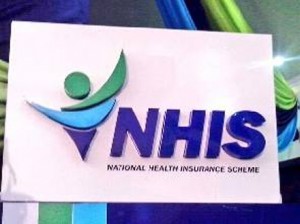Sekyere East NHIS registers more females than males
 The Sekyere East District Directorate of the National Health Insurance Authority (NHIA),during the last three years, recorded an upward trend in the registration of more females than males, under the National Health Insurance Scheme.
The Sekyere East District Directorate of the National Health Insurance Authority (NHIA),during the last three years, recorded an upward trend in the registration of more females than males, under the National Health Insurance Scheme.
Mr Peter Atta-Mensah, the District NHIA Director disclosing this in an interview to the Ghana News Agency at Effiduase said a total of 86,726 females registered in 2016, in 2017 and 2018, under the scheme as compared to the total of 54,937 males, who registered in the same period.
He said the situation could be attributed to the fact that the task of registering children under the scheme, was left in the charge of women and so it was much easier to register together with the children.
Additionally, women were the ones who took the children to hospital in the event of any ailments, thus, they tended to take the registration of their children more seriously, he said.
Mr Atta-Mensah, could not readily give the statistics of the number of children though, but said the records for the children, could be way higher than their mothers, who turn up in their numbers to register during community mobile registration exercises, unlike the youth and the men.
According to him, his outfit was currently embarking on a community sensitization programme to get more males and females to register under the scheme, to enable them access quality care from proper health facilities, when they were ill.
“This will also guarantee the country’s attainment of the universal health insurance coverage and the Sustainable Development Goal 3, which seeks to ‘‘ensure healthy lives and promote the wellbeing of persons of all ages’’, he said.
Touching on some challenges undermining the success of the Directorate, Mr Atta-Mensah appealed for public and government support in the acquisition of a vehicle to facilitate the smooth operations of his office, which serves three geographical and administrative Districts.
They are; Sekyere East, Sekyere Kumawu and Sekyere Afram Plains, which comprise in excess of 180 communities and villages.
Source: GNA
